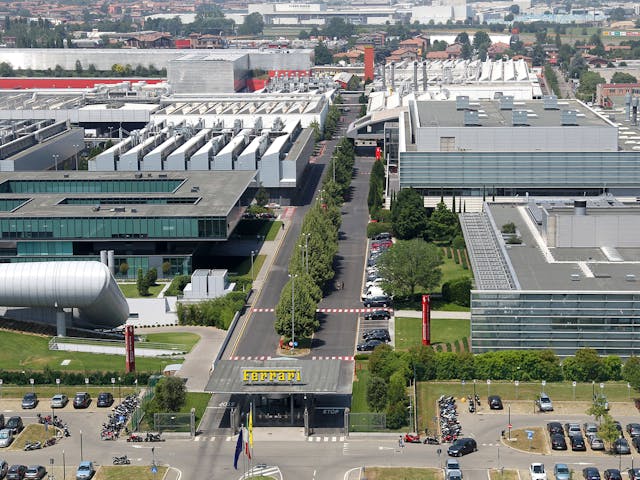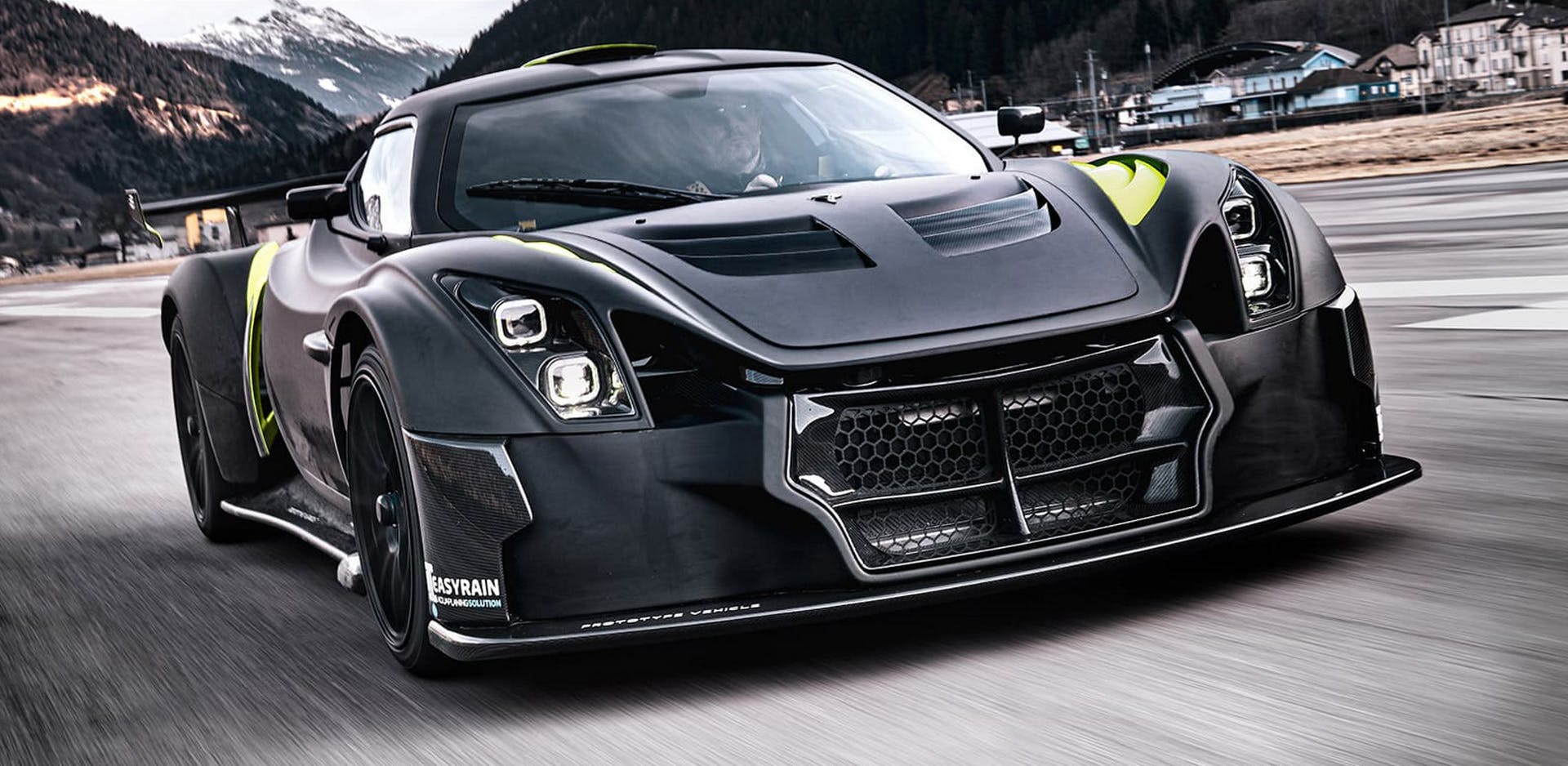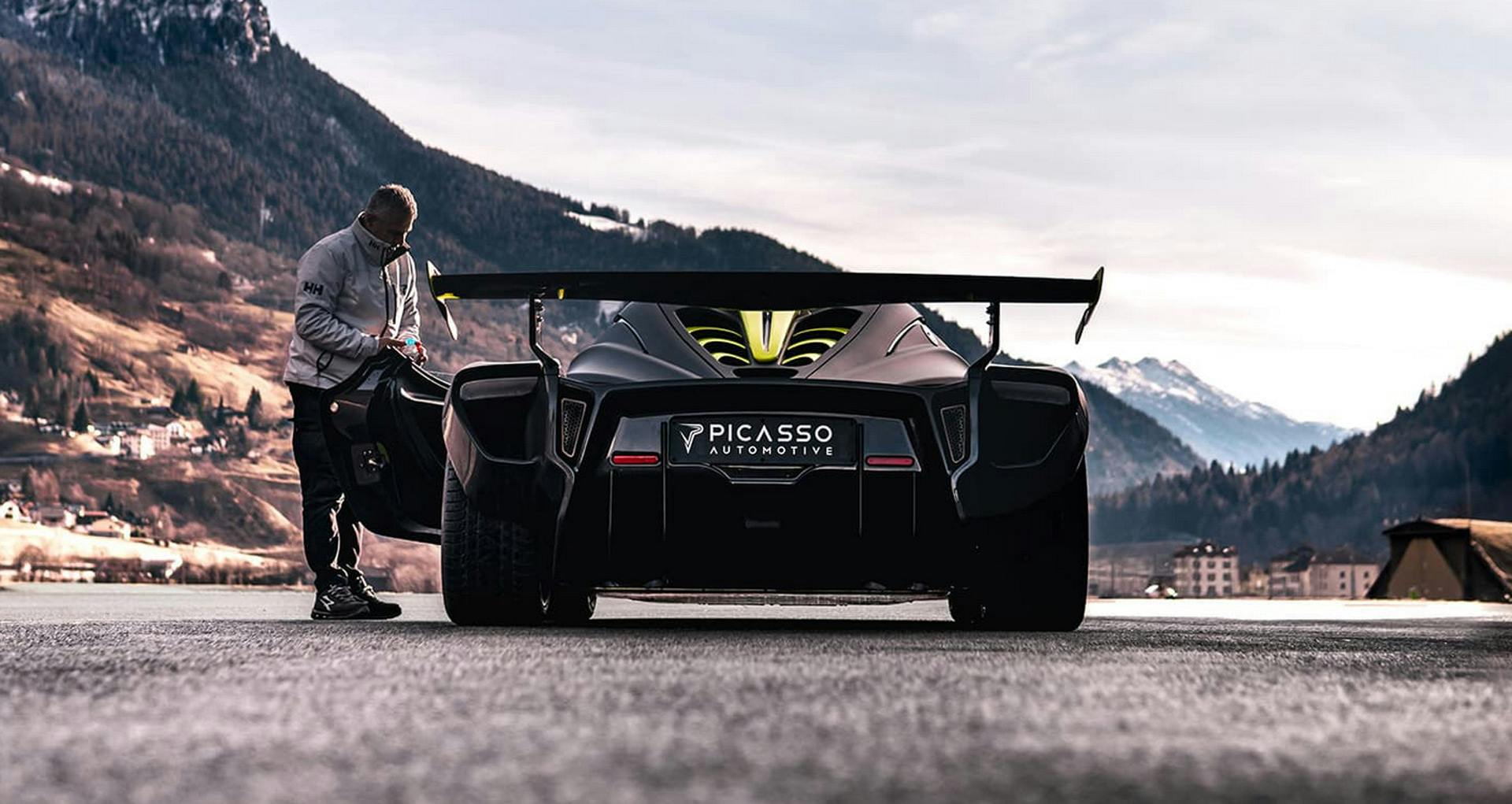Texans’ Tesla-buying quandary worsens, Saab’s first car turns 75, $226K solar-powered sedan
Texans can’t buy, or get rebates on, Teslas made in their own state
Intake: While Tesla’s direct-to-consumer sales strategy has been a bone of contention ever since the company’s inception, a new wrinkle in this story has emerged: Texans looking to purchase or lease a Texas-made Tesla are ineligible for the state’s $2500 rebate for EVs or plug-in hybrids. This compounds the issues stemming from the fact that Texas-made Teslas cannot be sold directly to Texans. Both handicaps are because of the state’s franchise laws, which require new vehicles to be sold from a franchised dealership.
Exhaust: Don’t hold your breath for change happening soon. Seasoned retailers won’t be surprised at this development: To wit, all Texas-made Toyota Tundras are shipped directly to Gulf States Toyota’s processing center, 222 miles away from the San Antonio factory. Only once Gulf States finishes its work can a new Tundra be delivered to a Toyota dealership. Gulf States’ stranglehold on power in the region is thus comparable to that of the Texas Automobile Dealer’s Association (TADA), though the latter operates within the hallways of Austin’s capital building. While Tesla’s benefit to the state and Travis County is beyond impressive, it will have to appease elected representatives from every county, places where TADA and tax-paying dealerships have more clout than Elon Musk. At least for now.
Amazon Hub gets fully charged for Ford’s electric Transit van?
Intake: We were fortunate enough to obtain video of an Amazon Hub’s parking lot, as it transitions from gasoline delivery vehicles to electric propulsion. While the charging stations are fenced off for now, they are likely being made in preparation for delivery of the new Ford E-Transit. Ford’s new 266-hp fleet vehicle with blue teeth in its massive grille is likely en route to Walmart fulfillment centers, and we’d be surprised if the charging stations presented in this video would wait until 2023 for the Ram ProMaster EV. That said, Ford has yet to mention Amazon as a Transit customer, but the timing of these charging stations suggest otherwise.
Exhaust: Last-mile deliveries have been a major source of good and bad PR for logistics firms, but the electrification of these fleets specifically is one of the best use cases for electric vehicles. No business wants to own a delivery van that’s fun to drive; it wants what EVs provide in spades: efficiency with a low cost of operation and the added perk of a little greenwashing for the company’s marketing arsenal. It’s a perfect storm of positivity on the horizon … provided people never leave the house and take a bicycle to go shopping. Good vibes only, please!
Picasso 660 LMS is automotive art from Switzerland
Intake: A Swiss supercar maker, which takes its name from a rather well-known Spanish artist, has debuted a wild, Le Mans prototype–inspired machine for road and track. The Picasso 660 LMS is no beauty, but it’s been designed as a circuit-devouring device, so form plays second fiddle to function. The chassis and bodywork are carbon fiber to keep mass down to just 2162 pounds, and the billet aluminum V-6 engine has been custom built by Autotecnica Motori in Italy. Fitted with dry-sump lubrication, twin turbos, and a titanium exhaust, the mid-mounted unit develops 651 horsepower and revs to 8000 rpm. Drive goes to the rear wheels via a six-speed sequential Sadev transmission. Double-wishbone suspension with push-rod dampers is used at every corner, and huge Brembo brakes are installed, along with Pirelli P Zero Trofeo R tires. Top speed is a claimed 195 mph and the 660 LMS delivers almost 2000 pounds of downforce to keep it glued to the asphalt. Inside it’s strictly business, with a largely bare carbon cabin and carbon race seats. Picasso says it will make 21 cars with deliveries due in 2023. The cost of this Swiss automotive art? Around $877,000.
Exhaust: The last car to wear a Picasso badge was a quirky family hauler from Citröen. It too put function before form, which seems rather at odds with the work of the master himself. Nonetheless there are, no doubt, 21 wealthy individuals who will add a new Picasso to their collection, perhaps parked next to one hanging on the wall.
Saab’s first car, the Model 92, celebrates its 75th birthday

Intake: Saab specialized in military aircraft before and during WWII, so when the Swedish manufacturer began making cars in 1945, it earned the tagline “born from jets.” With aircraft engineer Gunnar Ljungstrom in charge of auto production, noted industrial designer Sixten Sason was brought in to bring Ljungstrom’s sketches to life. It was a perfect marriage. Seventy-five years ago, on June 10, 1947, Saab unveiled the aerodynamic, light-framed Model 92 prototype. The new car received rave reviews from the Swedish press and became Saab’s first production car. It was equipped with a transversely mounted, water-cooled, two-cylinder, two-stroke 764cc engine that provided 25 horsepower and propelled the car to a top speed of 62 mph. All Saab 92s came in the standard color of aircraft green; legend has it that Saab simply used its excess paint from WWII.
Exhaust: As first production cars go, the Saab 92 did well, exceeding—by 1000 cars—Saab’s goal of 8000 cars in four model years. As the precursor to more memorable Saabs like the 96, Sonett, 99 Turbo, 900 SPG, and 9-3 Viggen, the pioneering Model 92 deserves to be celebrated for its aerodynamic styling, as well as its 75th birthday.
Even pure-electric Ferraris will be born in Maranello

Intake: Italian automaker Ferrari has snagged more real estate near its Maranello headquarters which will be used for a third production line dedicated to hybrid vehicles, as well as EVs in the future. According to a report from Automotive News, the expansion will also include a new research and development center for EV batteries as well, a type of facility which all automakers are scrambling to stand up as the rush to electrification gains steam. The project is expected to be a key point in the firm’s capital markets day next Thursday, in which recently appointed CEO Benedetto Vigna is expected to shine light on what the future of the brand will look like including its first all-electric car in 2025.
Exhaust: Following a smash-hit IPO in 2015, Ferrari stock has been sliding recently as Wall Street and other global markets cast a skeptical eye on the company’s late start on an electric transformation. Socially acceptable hybrid hypercars like the SF90 Stradale and the 296 GTB, vehicles that comply with Europe’s ULEZ, are a necessary first step, but there’s growing pressure on Ferrari to prove it can realize a pure BEV. Announcing landmark steps in that journey—such as a dedicated EV production line and a battery R&D facility—signals to investors that Ferrari is trying to kick its prancing horse into a full-out gallop.
Free energy in the world’s first solar car costs $266,000

Intake: Dutch startup Lightyear says its “0” solar car is now ready for production. Developed by a team which competed in the World Solar Challenge with a vehicle that travelled more than 1,800 miles across Australia using only the power of the sun, the Lightyear 0 can’t go quite as far on solar alone. The car is covered in solar panels which can add up to 44 miles of range a day from the sun’s rays, and when fully-charged Lightyear says the 0 could potentially drive over 600 miles thanks to an energy efficiency of 5.9 miles per kWh. The teardrop-shaped bodywork has a drag coefficient of just 0.19 and the car is built from lightweight carbon fiber. Only 946 cars are to be built, priced at $266,000.
Exhaust: At this price, and at such low volume, the Lightyear 0 won’t be troubling the likes of Tesla. However the company says its purpose is essentially just a proof of concept, and that it is already working on a mass-production model to cost $32,000 and be ready by 2025. “Lightyear 0 is proof that the impossible is actually possible,” says co-founder and CEO Lex Hoefsloot.





